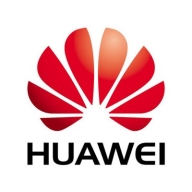

Huawei Wireless and D-Link Wireless compete in the wireless network solutions market. Huawei seems to have the upper hand for enterprise environments due to its ROI and advanced capabilities, whereas D-Link is a better choice for SMBs because of its affordability.
Features: Huawei Wireless is known for its seamless roaming, easy management, and strong performance in speed and stability. It includes integrations with IoT and robust WiFi 6 capabilities. D-Link Wireless offers a centralized solution for both wireless and wired implementations, appreciated for its signal range and reliability.
Room for Improvement: Huawei Wireless could improve technical support, third-party device integration, and its after-sales service. It also faces challenges with network design. D-Link Wireless requires enhancements in cloud solutions, centralized management, and the stability of its products.
Ease of Deployment and Customer Service: Huawei Wireless offers versatile on-premises deployment and has quality support, yet faces criticism for slow response times. D-Link Wireless provides consistent deployment but needs improved technical support responsiveness.
Pricing and ROI: Huawei Wireless has a competitive pricing strategy for enterprises, with perpetual licensing providing substantial ROI. D-Link is more affordable with one-time purchase pricing, making it attractive for SMBs.


We monitor all Wireless LAN reviews to prevent fraudulent reviews and keep review quality high. We do not post reviews by company employees or direct competitors. We validate each review for authenticity via cross-reference with LinkedIn, and personal follow-up with the reviewer when necessary.